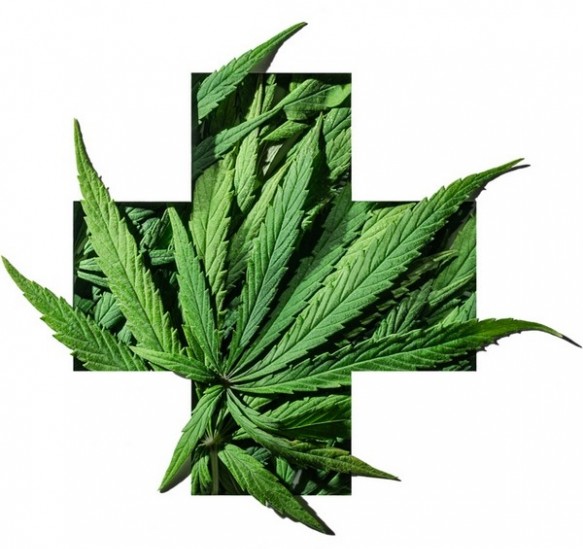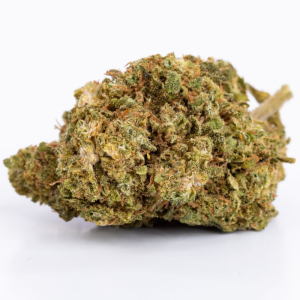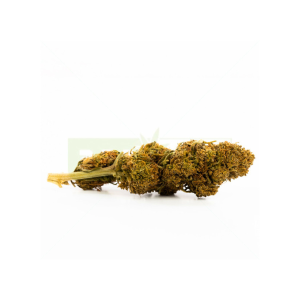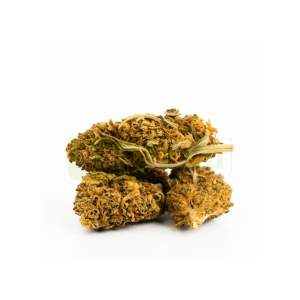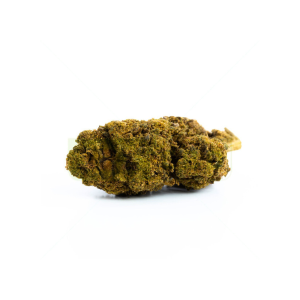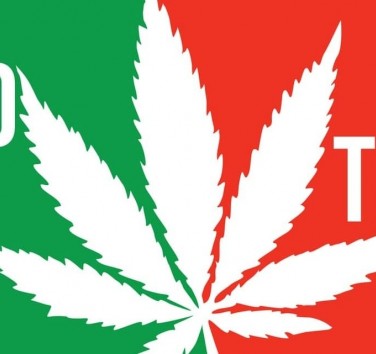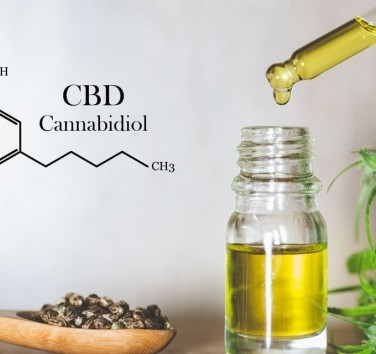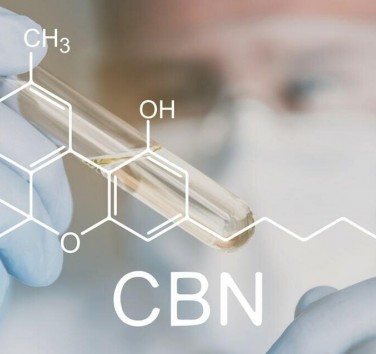The CBC, what is it?
Definition and synthesis of CBC (cannabichromene)
Derived from cannabis sativa,CBC is one of the chemical compounds of the plant which, despite the lack of studies on it, has real potential in the treatment of certain pathologies. In fact, CBC - known as "cannabichromene" - is one of the four main cannabinoids produced by the hemp plant and synthesized from CBCA (in its acidic version), which is -even from CBGA (cannabigerolic acid), which explains why it has some structural similarities with THC, CBD, CBG or even CBN.
Over time, it degrades naturally into CBL or as a result of artificial exposure of the plant to oxygen and heat. This process is comparable to the breakdown of THC into CBN. As a result, CBC is mainly found in young plants and sometimes in very large quantities, since some studies from the 1960s report levels of up to 60% in strains of < em>cannabis sativa old! Conversely, the more the plant matures, the less CBC it contains, rapidly falling below the 1% mark in picked and dried hemp.
History and origins of the CBC
We owe the discovery, in 1966, of the phytocannabinoid that is CBC, to the same professor who determined the exact structure of CBD three years earlier. While it shares a chemical structure that is much the same as that of other cannabinoids, it differs in its weak affinities with the CB1 endocannabinoid receptors. This is one of the reasons why it is in no way psychoactive.
However, due to its ability to bind with the TRPV1 and TRPA1 receptors inside our bodies – involved in the transmission of signals relating to pain and inflammation – the CBC promises to be an interesting agent to relieve various symptoms and ailments, as CBD already does.
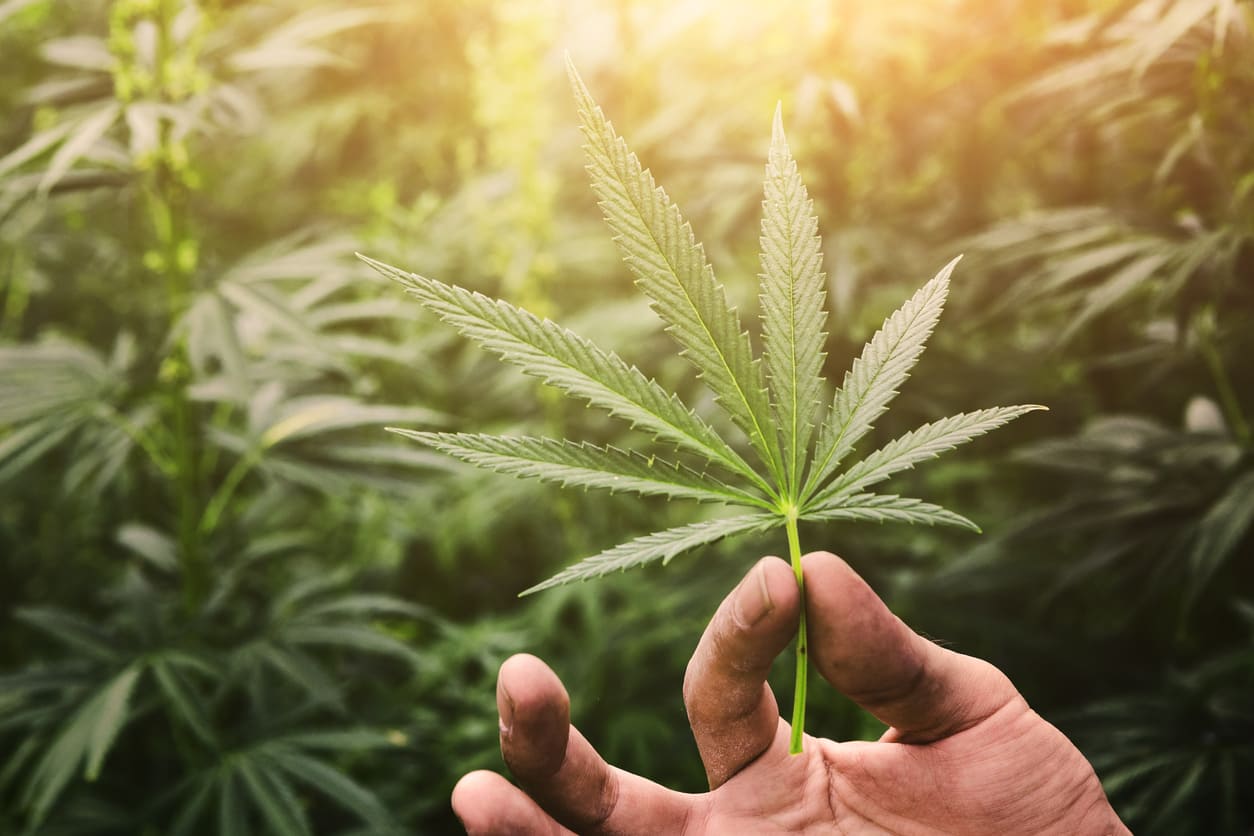
What are the properties of CBC?
It must be admitted that at present, we know very little about the CBC and its properties. However, the first studies and information collected suggest that it could work identically to that of other non-psychotropic compounds in the hemp plant, such as CBD, for example. It would therefore also act on pain and inflammation but we still do not know how exactly. Finally, it would also have a role to play in what is called the "entourage effect", corresponding to the synergy of the different cannabinoids whose combination increases the power of the effects tenfold.
In summary, the rare studies that exist on cannabichromene test it together with other cannabinoids and it is in this context that it seems to possess qualities that could not be more promising.
The alleged benefits of the CBC
CBD to improve acne problems
A 2016 study conducted by the Journal of Experimental Dermatology, in testing numerous phytocannabinoids, suggests that BCC is capable of drastically limit sebum production, while acting on skin inflammation. CBD would therefore not be the only one to have an effect on the cleansing of "pro-acne" agents...
The CBC against pain
The impact of CBD and CBC on nociceptive pathways – related to pain signals appearing following a fracture, contusion or burn – has been tested by a team of researchers from Naples , in laboratory rats. The results reveal that CBC and CBD interact with different target proteins involved in pain relief.
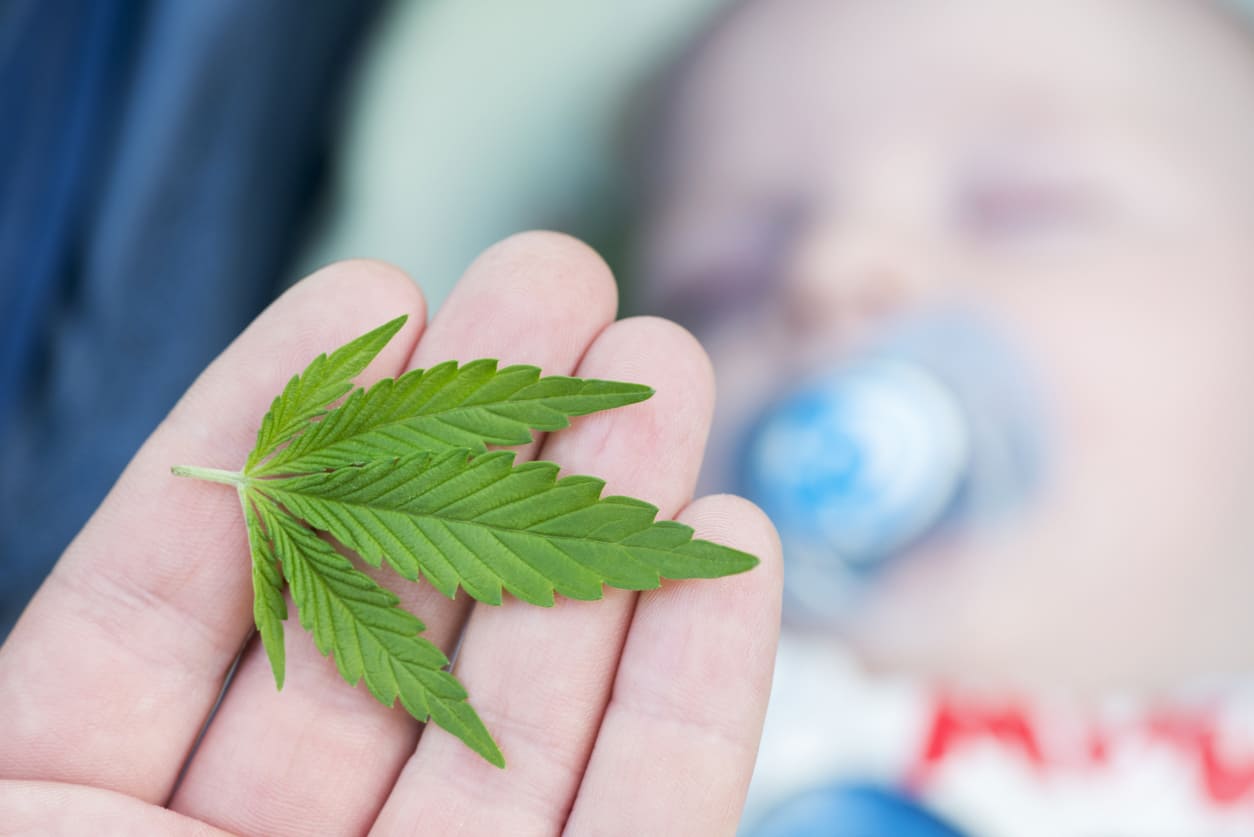
BCC and depression
This is based on the known interactions between antidepressants conventionally prescribed and the ECS (endocannabinoid system) of the human, that scientists this time wanted to focus their research on the possible effects of phytocannabinoids consumed instead of the usual drugs. In 2010, a study was then conducted on mice to confirm that the various hemp compounds had a specific action on depression. It has also been shown that this action depends on the dose ingested and that THC and CBC were the most effective cannabinoids since only a dose of less than 20 mg/kg, compared to the minimum dose of CBD which must be equal to 200 mg/kg for the latter to be able to act.
CBC to prevent the growth of cancer cells?
The THC molecule is already used in the context of certain chemotherapies, but this remains limited due to its psychotropic effects. This is why researchers have long been interested in alternative solutions for the treatment of several cancers, such as breast cancer. They are looking for cannabinoids that offer the same benefits, with less side effects. Thus, in 2006, a study was carried out on compounds in the hemp plant, including cannabichromene and the results are very encouraging since they suggest that CBD would be the most powerful cancer cell inhibitor. After him comes the CBG and then the CBC.
BCC and neurogenesis
Report of a 2013 study, performed on mice using CBD, CBG and CBC, found that CBC is the most promising of the cannabinoids for promoting neurogenesis. If we are to believe this conclusion, it means that cannabichromene could, like CBD, help to slow down the neurodegenerative process in diseases such as Alzheimer's, Parkinson's and Huntington's, by encouraging the production of new neurons in the brain.
How to use CBC and where to get it?
There are already products rich in cannabichromene on the cannabis market, such as CBC oils, but they remain rare and are therefore mostly quite expensive. In addition, since studies highlight the interest that consumers would have in combining CBD and CBC to benefit from the entourage effect, we advise you to turn to Full Spectrum CBD oils, rich in cannabidiol and other cannabinoids, such as CBC in order to take advantage of all their benefits.

